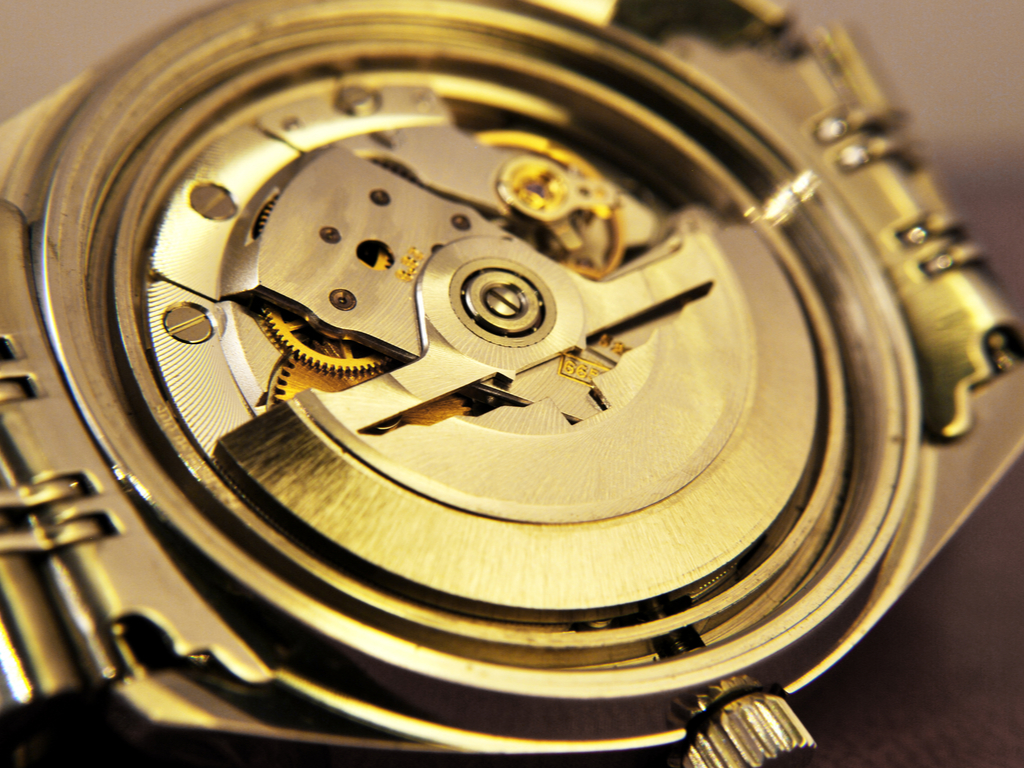How Long Should a Rolex Stay Wound?

There are a number of differences between a mechanical watch and a quartz watch, but one of the most important ones that you’ll need to consider is that since they have metal parts, they require far more care than a basic wristwatch.
Winding a Rolex
One of the easiest parts of maintenance is winding the watch. Rolex watches have a main spring, which is essentially the primary source of power for the rest of the moving parts. Simply put, winding the spring creates tension, which is released as energy when it uncoils. When it fully unwinds there’s no power left, and the watch will stop running until it’s rewound.
There are two different ways to wind a Rolex, one which is more suitable for daily use and the other for when the watch isn’t worn for longer periods of time.
1: The winding rotor
Winding your watch isn’t usually much of a bother for those who use their Rolex daily, since all of these watches are designed with a self-winding movement. There’s a weighted rotor connected to the main spring and whenever you move, that rotor spins, keeping the main spring wound. As long as you use your watch daily and move around enough, you shouldn’t need to worry about rewinding it manually.
2: The winding crown
Not everyone wears their Rolex this frequently however; in fact, many people only wear these particularly luxurious watches for special events or occasions to look their best. In these cases, it’s important to manually wind it every once in a while. Fortunately, this is easy.
All you need to do is unscrew the crown and gently rotate it clockwise for around 20 to 30 full revolutions. You don’t need to worry about over winding, as all Rolexes are designed with a slip clutch that protects the spring from being over wound. When you’re done winding, just tighten the crown back in and you’re good to go. It’s worth doing this regularly if you don’t want to have to re-set the time and date whenever you use it.
How long should a Rolex stay wound for?
If you do plan on winding your watch manually, it’s important to know how long your Rolex will stay wound for before it needs to be tightened again.
When fully wound, a Rolex is likely to run for around 50 hours. Generally, those who don’t wear their watch every single day, but more often than for special occasions won’t need to worry too much, as long as they use it frequently enough to keep it going.
There are also products that can help with this, such as the watch winder. While winding manually is fairly simple to do, it might be worth looking into getting one of these tools for optimum functionality.




